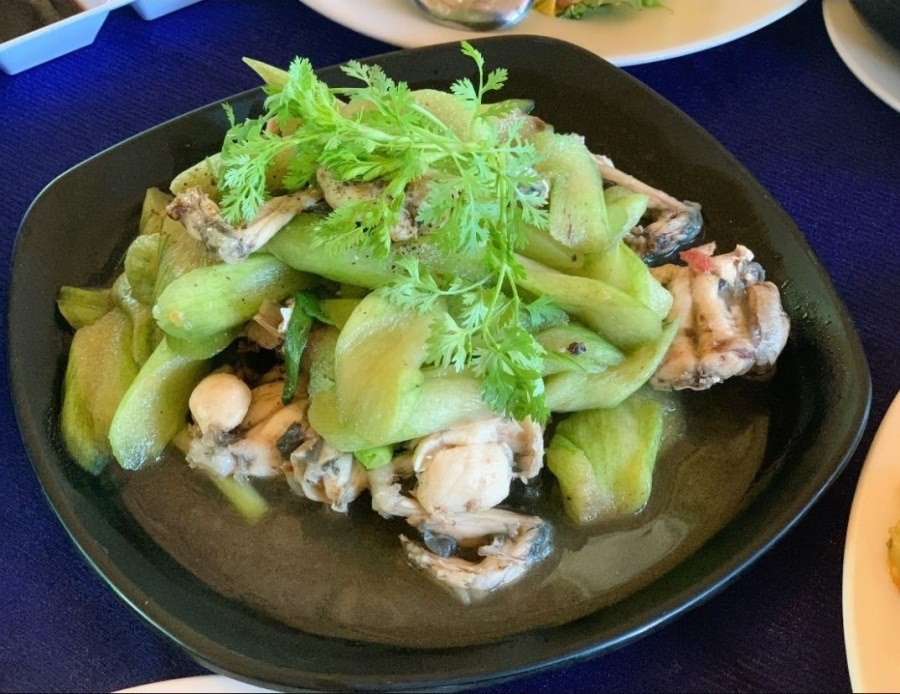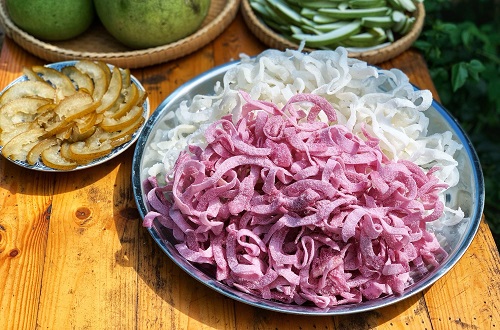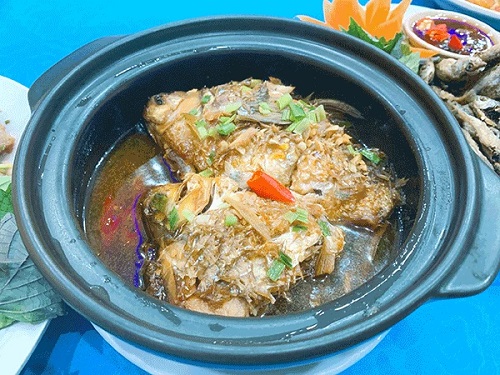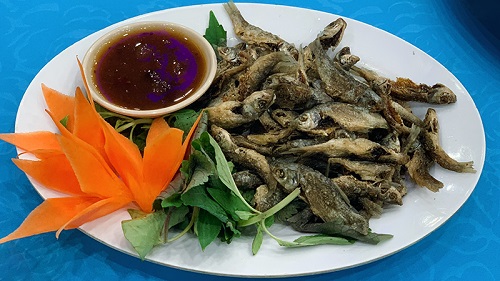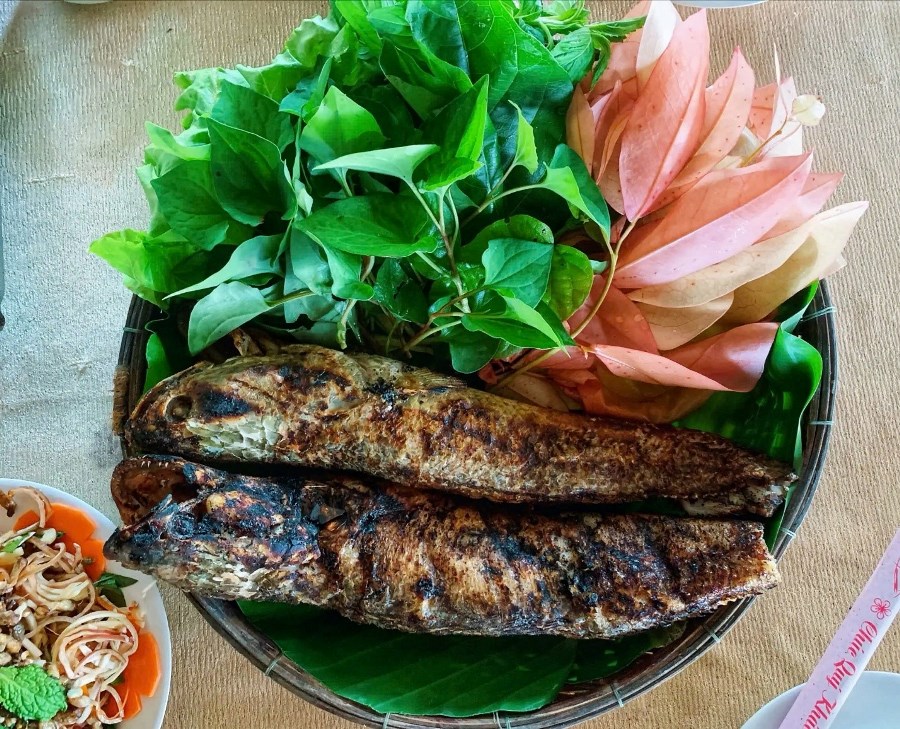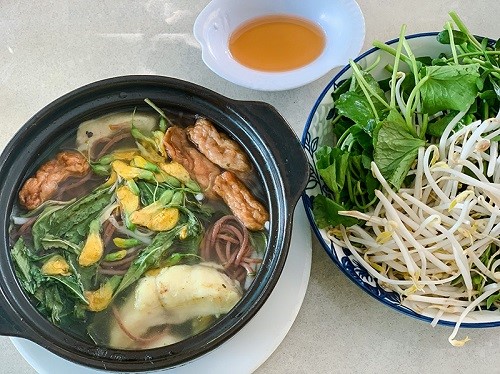World War II ended with the victory belonging to the Allies, including France, with the help of British troops, the French army plotted to invade our country for the second time. At the end of September 1945, the French invaded the country again. On September 23, 1945, the people of the South fired the first shot to start the second resistance war against the French invaders. Can Tho follows the direction of the Party Committee to establish resistance committees from the province to the villages.
- On October 23-24, 1945, after receiving reinforcements, the French invaders broke the siege of Saigon - Gia Dinh and invaded the provinces. On October 28, 1945, the Resistance Committee ordered the masses to evacuate the inner city to implement the strategy "empty garden - empty house", not cooperating with the enemy and implementing 03 not to do things "Don't join the army for the enemy - Don't work for the enemy - Don't show the enemy the way". The leadership agencies specialize in the periphery, students put pens on the road to fight and serve the fight.
- On the morning of October 30, 1945, the French army began to occupy the town, bombarded the riverbank, and then landed in the town. From October 30 to November 1, 1945, the Republican Guard units opened fire to fight the enemy fiercely at the fronts of Cau Bac, Cau Doi - Cai Khe, Tham Tuong Bridge, and Binh Thuy Bridge.
- On November 1, the enemy captured Binh Thuy and Cai Rang. Can Tho formed 3 battle fronts to block the enemy from quickly attacking the western provinces.
- November 12th, the suicide team led by Le Binh (director of the National Self-Defense Forces) disguised themself to suddenly attack the French Command station at the headquarters of Thuong Thanh village, quickly lowered the French flag and raised the Vietnamese flag. The French reinforced their reinforcements, the suicide team fought fiercely and all died. The French reinforced their reinforcements, the suicide team fought fiercely and all died.
The provisional Central Government conducted a national general election to elect the National Assembly because, in Can Tho, the French were expanding their occupation, the Central Government allowed holding the General Election for the National Assembly on December 25, 1945 (6 days early). People enthusiastically voted and the voting rate reached over 90%.
- At the end of December 1945 and January 1946, France received more reinforcements, intensified the invasion of the provinces, and established the Military Command of the Southwest region. Our troops tried to fight back, but due to the difference in forces, they were forced to withdraw, the enemy occupied Can Tho town and the whole province, which was a great disadvantage for us.
- September 13, 1945, Provisional Provincial Party Committee was established, On September 14, 1945, a temporary ceasefire treaty was signed, creating conditions for the Party and people of Can Tho to consolidate their forces, develop their forces, and better prepare for the resistance war. The revolutionary forces developed rapidly, the enemy was afraid and sought to destroy the temporary treaty on September 14.
- In mid-November 1945, the French colonialists blatantly destroyed the Temporary Treaty on September 14, attacked the revolutionary movement in the South, and plotted to expand the war to the whole country; In Can Tho, the enemy aggressively swept and ravaged the periphery and liberated areas. The Provincial Party Committee advocates stepping up armed activities to attack the enemy.
- On the night of December 19, 1946, the resistance war broke out across the country, on December 20, 1946, President Ho Chi Minh called for "the whole country to join the resistance". On December 22, the Party Central Committee issued a Directive "All people participate in the resistance war" with the motto "All people, comprehensive, long-term, self-reliant" and "both resistance war and national construction".
Responding to President Ho Chi Minh's call for resistance, the people of Can Tho province rebelled to fight on all fronts against the French and achieved remarkable victories, the Tam Vu series of victories marked a turning point in the fighting history of the people of Can Tho, the examples of heroic sacrifices of the revolutionary soldiers left admiration and emotion in the subconscious of the people of Tay Do, the liberated area was expanded...
In the year 1949-1950, the French army was in a passive position on the entire Indochinese battlefield, the Party advocated stepping up its activities on the battlefield nationwide, preparing to move to the stage of the general counter-attack, according to that policy, Can Tho rushes to build up the armed forces of the province into the Union of regiments. During these years, our forces of the three armies focused on striking the enemy's area, draining the enemy's life force.
Entering 1950-1951, the situation had many important changes, our army and people won big on all battlefields. During this time in Tay Do, the revolutionary movement made remarkable progress, the liberated area expanded, and comprehensively built military, economic, cultural and people's lives. The victories of the main unit of the Zone in coordination with the local armed forces have consumed and destroyed many enemy forces, disrupted the plot to ravage our liberated area, and promoted the strong development of the local guerrilla war movement.
In 1953, the battlefield situation of the whole country, our army, and people continuously won great victories. The French opened the Navarre plan, in Can Tho, aggressively razed the key areas, and our liberated areas, strengthened the outposts and watchtowers in the key areas, and plundered wealth to implement the Navarre plan. The Party Committee and people of Can Tho decided to fight together with the people of the whole country to win a decisive victory.
In September 1953, the Party Central Committee issued a decision to launch the Winter-Spring offensive of 1953-1954 and launched an offensive campaign to destroy the Dien Bien Phu stronghold, and at the same time instructed other battlefields to coordinate with the Dien Bien Phu battlefield to win the biggest resonance possible.
Can Tho opened 2 key points to attack the enemy in Chau Thanh and O Mon
- Key Point 1: from the end of November 1953 to April 1954, we fought 140 battles, killed and wounded 900, captured 95 alive, disintegrated 327, destroyed 18 forts, forcibly withdrew 22 posts, sank 3 ships, collected 125 guns of all kinds and lots of ammunition; The liberated area extended to Rach Gia town.
- Focus II: the motto of small- and medium-scale guerrilla fighting combined with the work of seducing the enemy, the militia's feats in focus II are small victories aimed at destroying every part of the enemy's vitality.
In addition to key points I and II, in the whole province of Can Tho, the army and people all united to fight the enemy. Besides fighting the enemy, the people of Can Tho also enthusiastically responded to the call to contribute food and wealth to the great front line of Dien Bien Phu.
The army and people of Can Tho won many victories, the enemy passively withdrew and was entrenched in the town and strategic transportation. Meanwhile, at the Dien Bien Phu battlefield, our army won a resounding victory, smashing the Dien Bien Phu stronghold and the enemy's headquarters. On the momentum of the general victory, the Can Tho Provincial Party Committee decided to launch a new offensive on the battlefield of Can Tho, mainly attacking and strikingly threatening towns and areas controlled by the enemy.
On May 10, 1954, in the opening attack, the local forces and guerrillas surrounded and destroyed the remaining enemy forts, and the provincial troops attacked enemy areas in towns and townships. Only in the first 7 days (July 10 - 17, 1954) our army and people forced the line, forced the withdrawal of many enemy forts, the enemy's spirit was confused, and some enemy communes asked for "neutrality"; at Thot Not, which was a tight enemy area, it was destroyed by our armed forces.
The people's fighting movements in towns continuously broke out to demand the French army stop the war of invading Indochina.
On July 20, 1954, the Geneva Agreement was signed, ending the war and restoring peace in Indochina.
Translated by Hoang Dat







